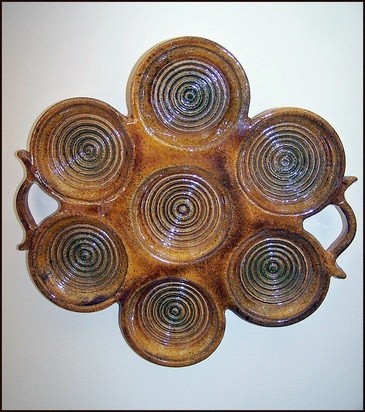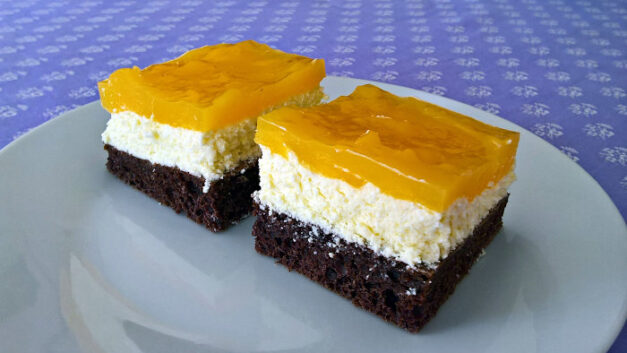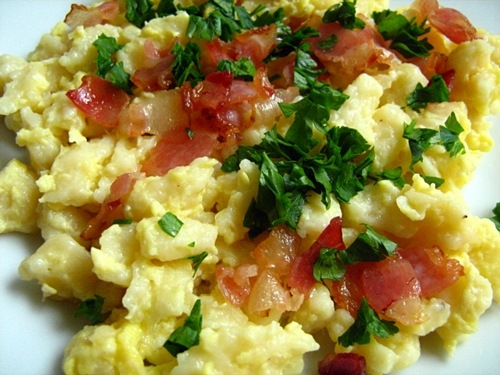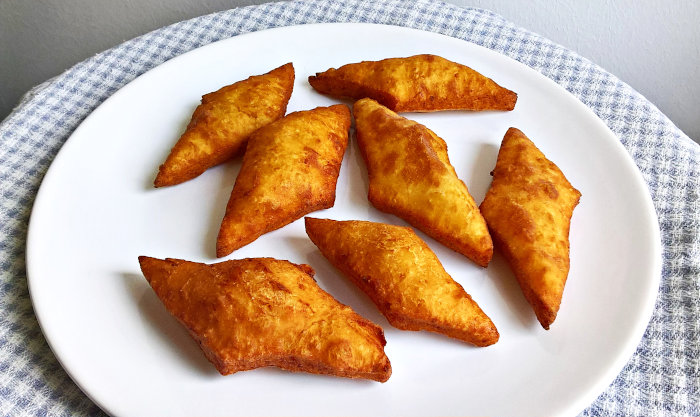Tarkedli (or talkedli) is a Czech donut that appeared in the Hungarian cuisine first in the 19th century. In the sometime Austro-Hungarian Monarchy the wealthier families liked to employ Czech female chefs who were the real masters of preparing pastries. The Bohemian pastry recipes quickly spread throughout the Monarchy. Their names and recipes showed a wide variety depending on regions and their origin often fell in oblivion. But there was one exception: the Czech origin of tarkedli has been never challenged.
Tarkedli was baked in a special baking mold composed of domeshaped hollows. Today this baking mold isn’t available in the Hungarian kitchens, tablespoon is used to form tarkedli instead. The donut’s Czech name comes from the word vdolky that refers to the mould. On the German-speaking areas from vdolky developed the word Dalken that was the base of the Hungarian word talkedli (later tarkedli).

Over the past century tarkedli has never lost its popularity, what is more the culinary revolution has reached it, too – it has undergone many transformations. It can be made from traditional batter with special jams, or from lighter batter, and you can even find salty tarkedli recipes. However, one thing remains certain: the batter must be very soft, light and airy in order to make perfect donuts.



















2 Comments